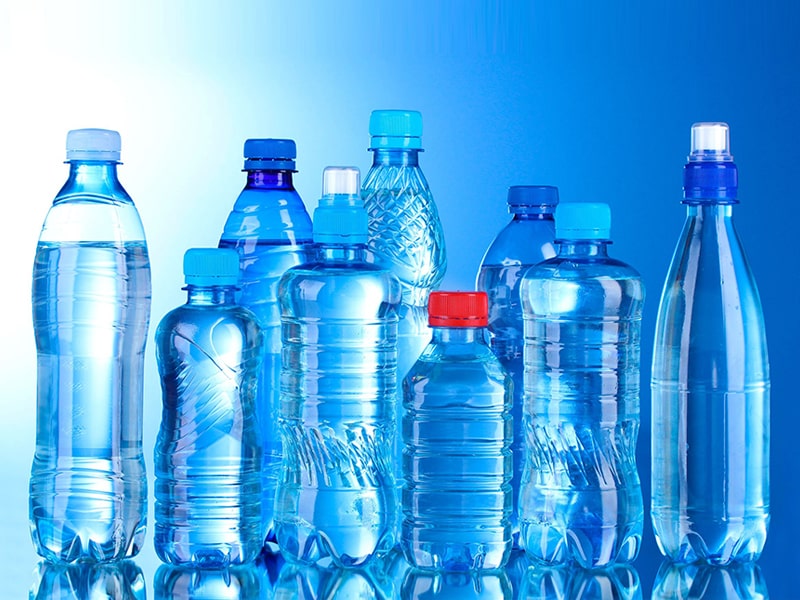What Is BPA?


What’s your opinion about BPA or bisphenol A? Are you an apposite of BPA or an indifferent person? To answer these questions, first you must know what exactly is BPA ? Follow ManaGroups and learn more about BPA.
What Is BPA?
BPA or bisphenol A is a chemical that is added to many commercial products, including food containers and hygiene products. These days, BPA-containing plastics are commonly used in food containers, baby bottles, and other items. BPA is also used to make epoxy resins, which are spread on the inner lining of canned food containers to keep the metal from corroding and breaking. Bisphenol A is a synthetic compound found in many plastics, as well as in the lining of canned food containers.
In the past couple decades, research on BPA has exploded. A slew of studies document negative reproductive, developmental, and metabolic effects in a menagerie of wildlife — rhesus monkeys, zebrafish, nematodes, and mice. Even human studies have linked bisphenol A to a range of health issues. The compound has since become so ubiquitous that of the 2,517 people tested in the
.It’s worth noting that many BPA-free products have merely replaced
Centers for Disease Control and Prevention’s 2003-2004 National Health and Nutrition Examination Survey, 93 percent had detectable levels of bisphenol A in their urine. Mounting public pressure pushed companies to move away from BPA, leading to an influx of products touting their “BPA-free” status.
What products contain BPA?
After answering the question ” what is BPA ?”, it’s may be interesting for you to know the which products contain BPA. Common products that may contain bisphenol A include:
Items packaged in plastic containers
- Canned foods
- Toiletries
- Feminine hygiene products
- Thermal printer receipts
- CDs and DVDs
- Household electronics
- Eyeglass lenses
- Sports equipment
- Dental filling sealants
The BPA Controversy
Given the information above, many people wonder whether bisphenol A should be banned. Its use has already been restricted in the EU, Canada, China, and Malaysia — particularly in products for babies and young children.
What’s the Approach?
:It is difficult to avoid BPA because it is so prevalent in the environment, but some tips can help to minimize exposure
- check for a BPA-free label on foods and packaging
- buy and store foods in glass jars, not plastic
- use fresh, frozen, or dried products, not canned
- avoid microwaving foods in plastic containers
- do not wash plastic containers in the dishwasher or use harsh detergents on them
- choose wooden toys instead of plastic
- breast feed infants as far as possible, instead of bottle feeding
BPA in different countries
.Different countries have considered different approach about BPA. what are these approaches ?! follow us
EUROPEAN UNION (EU) – NEW BPA MIGRATION LIMIT
The toxicity profile of BPA has been studied in the EU for many years. In 2016, following new scientific data, bisphenol A was reclassified as reprotoxic category 1B, from reprotoxic category 2, by ATP-9 to Regulation (EC) 1272/2008 on ‘Classification, Labelling and Packaging of Substances and Mixtures (CLP Regulation) and its use in thermal paper was restricted by completely new entry 66 under Annex XVII of REACH. In 2017, the BPA migration limit in toys for young children, or other toys that are intended to be placed in the mouth, was strengthened 2.5-fold – from 0.1 mg/L to 0.04 mg/L – and, in February 2018, a new piece of legislation was published to expand the existing law on FCM that strengthened the bisphenol A migration limit by 12-fold, from 0.6 mg/kg to 0.05 mg/kg.
EU MEMBER STATES – NATIONAL PROHIBITIONS ON THE USE OF BISPHENOL A
In addition to EU-wide regulations, stakeholders should also be aware that several EU Member States have implemented national prohibitions on the use of BPA in products. These go beyond EU regulations and include:
Ban on bisphenol A in FCM intended for young children in Belgium and Denmark
Ban on bisphenol A in baby bottles, teethers, collar shields in soothers and FCM in France
BPA prohibited in pacifiers and teethers in Austria
Ban on paints and coatings in food packaging for children 0-3 years old in Sweden
UNITED STATES OF AMERICA
BPA is regulated by a host of jurisdictions across the US, including federal, state and county governments. Although the scope of regulated products varies between jurisdictions, many relate to FCM and especially those designed and intended for use by young children. At the Federal level, epoxy resins are prohibited, when they are derived from bisphenol A and epichlorohydrin, as coatings in packaging for powdered and liquid infant formula. In addition, local jurisdictional regulations for bisphenol A in food contact containers or bottles for young children include California, Connecticut, Delaware, Illinois, Maine, Maryland, Massachusetts, Minnesota, Multnomah County (Oregon), Nevada, New York State, Vermont, Washington, Washington DC and Wisconsin. Stakeholders should be aware that New York State’s ban is unique because it also covers pacifiers and Wisconsin requires compliant products to display a label indicating that it does not contain bisphenol A.
Conclusion
Do you understand what is BPA ?! If you are one of environment fan and human healthy is important for you, the bisphenol A is a challenge for you. Different rules have been approved to decrease destructive effects of this material. Do these rules decrease the BPA consumption?!



